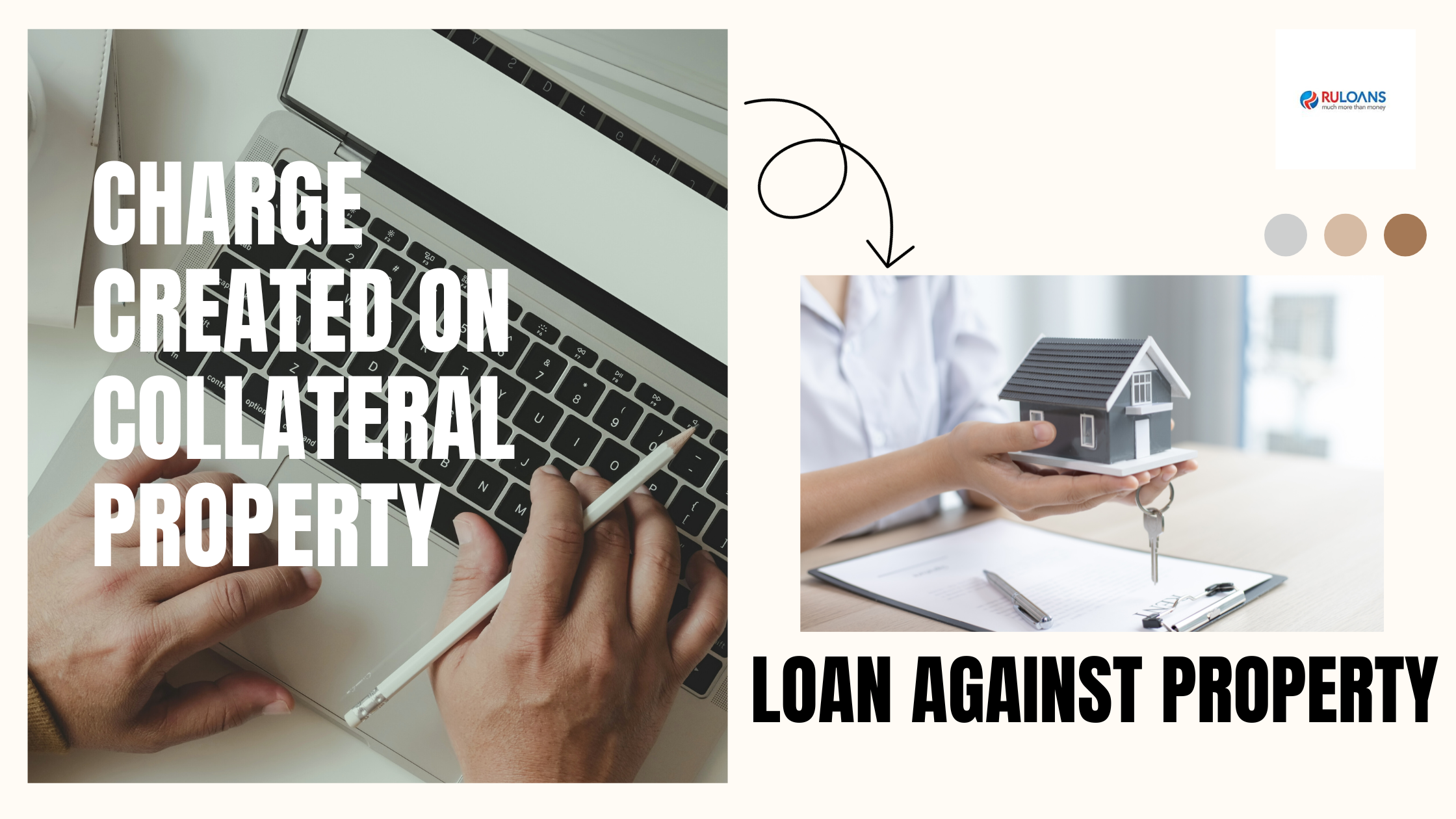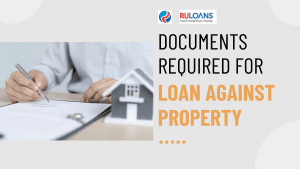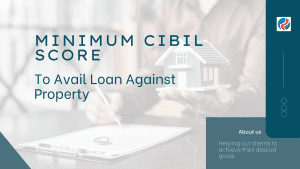When obtaining a loan against property, a charge is created on the collateral property. This serves as the lender’s security, ensuring they can recover the loan amount if a borrower defaults. This blog post explains what a charge is, how it works, and what it means for the borrower.
Types of Charges on Collateral Property
The following are different types of charges that can be created on the collateral property when you take a loan against property :
1. Mortgage
A mortgage is a legal agreement where property is transferred from the borrower (mortgagor) to the lender (mortgagee) as security for a loan. The property remains as collateral until the loan is fully repaid, but the possession of the property is not transferred.
2. Hypothecation
Hypothecation is a charge created on movable assets where the possession remains with the borrower. However, in the case of a default, the lender has the right to seize the assets.
3. Charge by Deposit of Title Deeds
This charge is created when the borrower deposits the title deeds of the property with the lender. It serves as evidence of a loan and is returned to the borrower upon repayment of the loan.
Rights and Responsibilities Under Each Type of Charge
Each type of charge confers certain rights and responsibilities on both the borrower and the lender. For instance, under a mortgage, the borrower is obligated to repay the loan, while the lender has the right to take possession of the property if the borrower defaults. Similar principles apply to hypothecation and charge by deposit of title deeds, although the specifics vary.
Implications for the Borrower
While a loan against property can provide financial relief, it’s important to understand the implications. Firstly, control over the property is diminished until the loan is repaid. Additionally, failure to repay the loan can result in the lender taking possession of the property.
Conclusion
Understanding the charge created on the collateral property is crucial when considering a loan against property. By understanding your rights and responsibilities, you can make informed decisions.
Begin your loan journey with Ruloans today. Explore the best loan options suited to your needs.
FAQs
1. What is the charge created on the collateral property under a loan against property?
A charge is a form of security that lenders create on the collateral property to ensure they can recover the loan amount if the borrower defaults.
2. What are the different types of charges on the collateral property?
The different types of charges include mortgage, hypothecation, and charge by deposit of title deeds.
3. What are the implications for the borrower?
The borrower loses control over the property until the loan is repaid. If the borrower defaults, the lender can take possession of the property.
Key Takeaways
- A charge on collateral property is a security measure taken by lenders in the event of loan default.
- The types of charges include mortgage, hypothecation, and charge by deposit of title deeds.
- Understanding your rights and responsibilities as a borrower is essential when a charge is created on your property.









